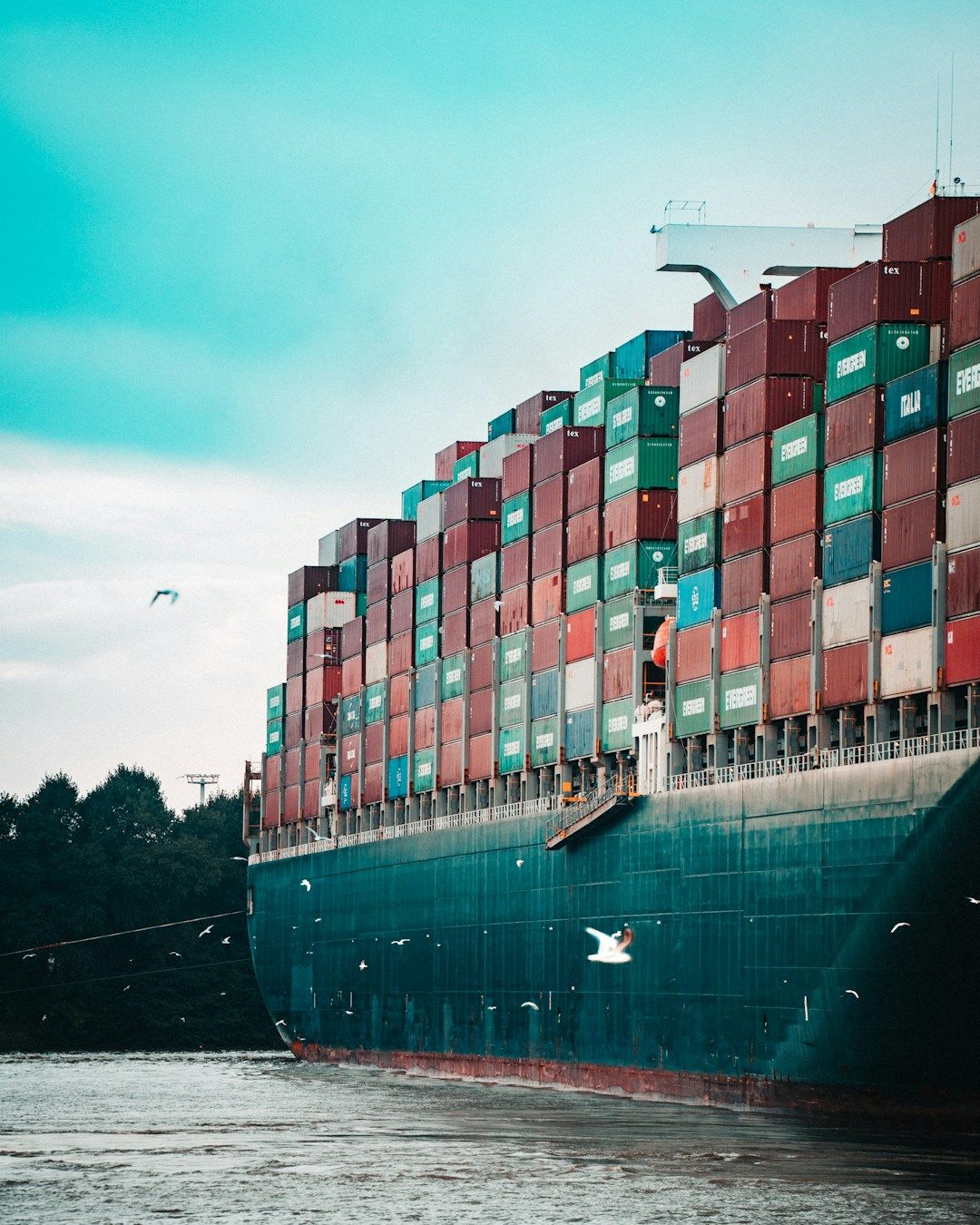The Importance of Proper Cargo Securing on General Cargo Vessels
Introduction
Cargo securing is a critical aspect of maritime operations, ensuring that goods transported by sea arrive at their destination safely and intact. Properly securing cargo on vessels prevents shifting, which can lead to accidents, cargo damage, and even catastrophic vessel instability. Compliance with international regulations and standards is essential not only for safety but also for the efficiency and reliability of maritime transport.,
Understanding the Basics of Cargo Securing
What is Cargo Securing?

Cargo securing involves the methods and techniques used to stabilize and secure cargo on a vessel to prevent movement during transit. This is crucial for maintaining the safety and integrity of the cargo, as well as ensuring the stability of the vessel. Proper cargo securing minimizes the risk of accidents, protects valuable goods, and ensures compliance with international shipping standards.
Overview of Common Cargo Securing Methods
Various methods are employed to secure cargo on vessels, including lashing, dunnage, and blocking and bracing. Lashing involves the use of ropes, chains, or straps to tie down cargo. Dunnage refers to materials used to fill gaps and prevent movement, while blocking and bracing involves creating physical barriers to keep cargo in place.
Key Principles
- Stability: Ensuring that the cargo is evenly distributed to maintain the vessel's balance.
- Balance: Proper weight distribution to prevent tipping or listing.
- Force Distribution: Understanding how forces act on cargo during transit to secure it effectively.
Impact of Improper Securing
Poorly secured cargo can lead to a range of serious consequences, including accidents, cargo damage, and vessel instability. For example, if cargo shifts during a voyage, it can cause the vessel to list or even capsize. Improper securing can also lead to legal liabilities and financial losses.
Practical Techniques for Cargo Securing
Types of Securing Methods
Lashing:
Lashing involves using ropes, chains, straps, or wires to tie down cargo, ensuring it stays in place during the voyage. Proper tension and securing points are critical for effectiveness.
Dunnage:
Dunnage refers to materials used to fill gaps around cargo, providing cushioning and preventing movement. Common dunnage materials include wood, inflatable airbags, and plastic.
Blocking and Bracing
Blocking and bracing involve constructing physical barriers around cargo using wood or metal beams to prevent shifting. This method is particularly effective for heavy or irregularly shaped cargo.
Best Practices for Different Types of Cargo
Each type of cargo requires specific securing techniques. For example, heavy machinery may need strong lashing and robust blocking, while fragile goods might benefit more from extensive dunnage and careful bracing. Following best practices ensures cargo remains secure and undamaged.
Tools and Equipment
Common Tools and Equipment:
- Lashing Straps and Chains: Essential for tying down cargo securely.
- Dunnage Bags: Used to fill gaps and cushion cargo.
- Blocking and Bracing Materials: Typically wood or metal beams.
- Tensioning Devices: Ensure lashing straps and chains are properly tightened.
Proper Usage and Maintenance of Securing Equipment
Regular inspection and maintenance of securing equipment are crucial. This includes checking for wear and tear, ensuring tensioning devices are calibrated correctly, and replacing any damaged tools. Proper usage involves following manufacturer guidelines and best practices to ensure maximum effectiveness and safety.
Regulatory Compliance and Standards
International Standards
Overview of Key Regulations: The Code of Practice for Packing of Cargo Transport Units (CTU Code) is a crucial international standard for cargo securing. It provides comprehensive guidelines for the safe packing, securing, and transportation of cargo to prevent accidents and ensure safety during transit.
Importance of Complying with International Standards: Adhering to standards like the CTU Code is essential for maintaining safety, preventing cargo damage, and avoiding legal issues. Compliance ensures that all cargo is secured according to globally recognized best practices, reducing the risk of accidents and enhancing operational efficiency.
Safety Protocols
Key Safety Protocols for Cargo Securing: Implementing safety protocols such as regular inspections, proper training for personnel, and using certified securing equipment is vital. These protocols help in identifying potential hazards and ensuring that all cargo is properly secured before transit.
How to Ensure Compliance and Maintain Safety Standards: To maintain safety standards, it is important to conduct thorough risk assessments, follow the guidelines outlined in the CTU Code, and provide continuous training for crew members. Regular audits and inspections can help in identifying areas for improvement and ensuring ongoing compliance with safety protocols.
Importance of Training for Maritime Professionals
Why Training is Essential?
Benefits of Specialized Training for Cargo Securing: Specialized training in cargo securing is crucial for maritime professionals to ensure the safety and efficiency of cargo transport. Proper training equips individuals with the skills to handle various securing methods, understand the dynamics of cargo movement, and comply with international regulations.
Overview of Maritime Trainer’s Cargo Securing Course
Course Content and Structure: Maritime Trainer’s Cargo Securing Course covers essential topics such as the principles of cargo securing, practical techniques, regulatory compliance, and safety protocols. The course is structured to provide both theoretical knowledge and practical application, ensuring a thorough understanding of cargo securing.
Who Should Enroll?
Target Audience for the Course: The course is designed for maritime professionals, including ship officers, crew members, cargo handlers, and logistics managers. It is ideal for anyone responsible for the safe transportation of cargo on vessels.
Conclusion
Summary of Key Points
Proper cargo securing is crucial for the safety, compliance, and efficiency of maritime transport. This blog has highlighted the importance of understanding acceleration and velocity, the physics behind cargo securing, practical securing techniques, regulatory standards, and the benefits of specialized training. Implementing these principles and practices ensures the safe and effective transport of cargo.
Visit Course Page amd Learn More
To improve your cargo securing skills and gain comprehensive knowledge, we encourage you to take the next step. Enroll in Maritime Trainer’s Cargo Securing Course to learn more about best practices, regulatory compliance, and advanced securing techniques.
Contact us





